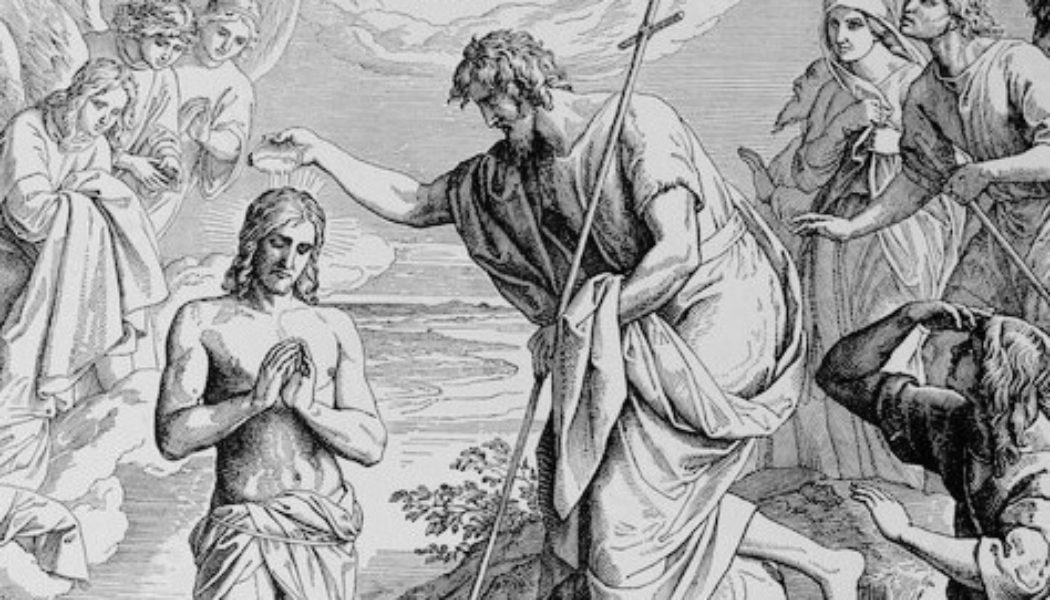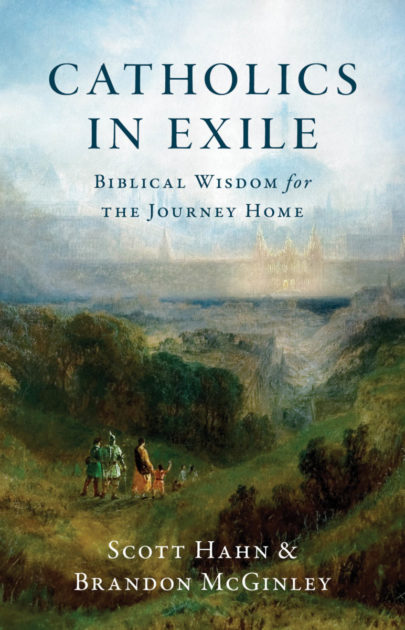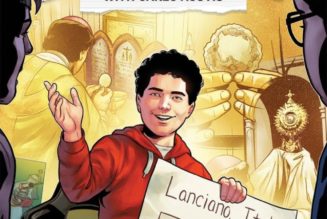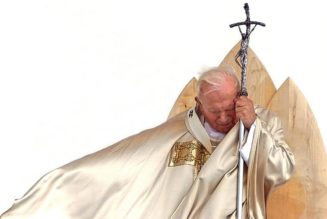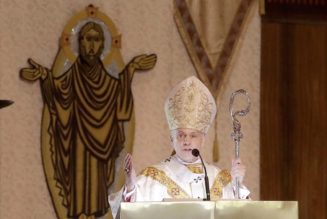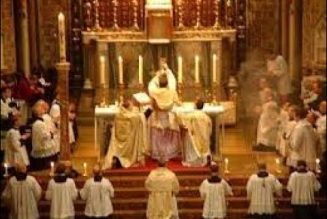By Clement Harrold
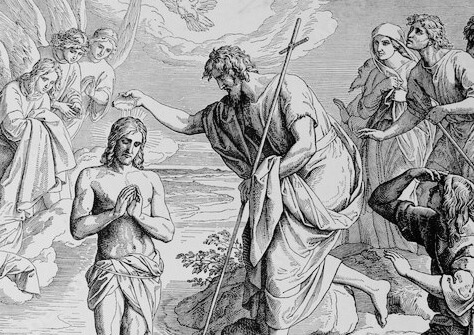
In his 2002 apostolic letter Rosarium Virginis Mariae, Pope St. John Paul II reminded the faithful of the enduring value of the rosary in the life of the church: “Simple yet profound, it still remains … a prayer of great significance, destined to bring forth a harvest of holiness” (§1).
At the same time, the Holy Father clarified that in spite of—or rather, because of—the clearly Marian character of the rosary, the devotion is nevertheless thoroughly Christocentric in nature. How can that be so? Simple: “To recite the rosary is nothing other than to contemplate with Mary the face of Christ” (§3). In other words, the perfect model of Christian contemplation, aka Our Lady, uses the rosary as a special instrument for drawing her spiritual children closer to Christ. So the rosary remains a Marian devotion, yet it always has Christ as its end goal.
It was in that same apostolic letter that John Paul II introduced the luminous mysteries to the universal Church. As he explained, these mysteries pertain to the public ministry which Christ undertook between His Baptism and His Passion: “It is during the years of his public ministry that the mystery of Christ is most evidently a mystery of light” (§19; see also Jn 9:5). The pontiff’s stated purpose in adding the five mysteries of light was thus to enkindle, at the threshold of the third millennium, a “renewed interest in the Rosary’s place within Christian spirituality as a true doorway to the depths of the Heart of Christ, ocean of joy and of light, of suffering and of glory” (§19).
In order, the five luminous mysteries of the rosary are: 1) Jesus’s Baptism in the Jordan; 2) The Wedding at Cana; 3) The Proclamation of the Kingdom; 4) The Transfiguration; 5) The Institution of the Eucharist. Perhaps the most confusing of these is the third. After all, just what events is the Proclamation of the Kingdom supposed to encompass? And to what Scriptural passage(s) does it refer?
Here we need to remember that unlike most of the other mysteries, the third luminous mystery is not limited to any single event. This means there is a range of legitimate ways in which to approach it. Pope John Paul II introduced the mystery this way:
Another mystery of light is the preaching by which Jesus proclaims the coming of the Kingdom of God, calls to conversion (cf. Mk 1:15) and forgives the sins of all who draw near to him in humble trust (cf. Mk 2:3-13; Lk 7:47-48): the inauguration of that ministry of mercy which he continues to exercise until the end of the world, particularly through the Sacrament of Reconciliation which he has entrusted to his Church (cf. Jn 20:22-23). (§21)
As we can see in this description, the Scriptural verse which might occupy center stage in our reflection on the Proclamation of the Kingdom is Mark 1:15, which reads: “The time is fulfilled, and the kingdom of God is at hand; repent, and believe in the gospel.” One of the striking elements in this spiritual call to arms is the fact that Jesus demands so much more than just contrition for sins. Rather, what He requests is repentance, or metanoia in Greek—a word which literally means “turning around,” that is, a radical transformation of the mind (see Rom 12:2) whereby one shuns the things of this world and attaches oneself to the things of God instead.
But Mark 1:15 is not the only aspect of the Proclamation of the Kingdom worth meditating on. As John Paul makes clear, the mystery encompasses multiple aspects of Jesus’s ministry, albeit with a special emphasis on its early stages. In a sense, therefore, the third luminous mystery stands out as an invitation to pray through the Gospels and reflect deeply on the saving work of Christ. To that end, we might try asking ourselves: What exactly is the kingdom of God, and how is it at hand in my life?
One final issue worth clarifying with this mystery is the question of chronology. In the mysteries of the rosary, the Proclamation of the Kingdom falls after the Wedding at Cana, but this might be a cause of confusion for some people. The confusion arises from an apparent contradiction between the order of events described in the Gospels of Luke and John.
In Luke’s account, Jesus begins proclaiming the kingdom and then starts working miracles, and only after that does He begin to gather the disciples around Himself. John’s Gospel, by contrast, informs us that the wedding at Cana was Jesus’s first public miracle (see Jn 2:11), but this is perplexing because the disciples are described as being present at the celebration (see Jn 12:2). How can Luke talk about miracles taking place before the calling of the disciples, when John explicitly tells us that the disciples were there for Jesus’s first miracle?
With questions such as these, we need to remind ourselves that the four Gospels were not written in the way that we might compose a detailed historical or journalistic account today. Rather, the evangelists employed the literary techniques of their day, oftentimes crafting their narratives along the lines of ancient Greco-Roman biographies. This means there might be occasions when the evangelists record events in the life of Jesus not in strict chronological order, but rather in a thematic arrangement aimed at conveying a particular theological message.
Given this, the most likely answer to the question posed above is that Luke is not giving a strictly chronological version of events. Instead, he is writing in the style of other ancient authors, which means he sometimes moves events around in order to build a particular literary narrative. For thinkers like St. Augustine and St. Thomas Aquinas, it is John’s Gospel which gives the more precise ordering of events.
In fact, on Aquinas’s reading, a whole year elapsed between Jesus’s baptism in the River Jordan and His working of the miracle at Cana. Those intervening twelve months were taken up in part by His temptations in the desert, as well as His first encounters with a number of the disciples. Immediately on the heels of the miracle at Cana, Jesus then begins His Proclamation of the Kingdom in earnest. According to Aquinas, it is at this point that the disciples received a deeper conversion. Whereas before Cana they had followed Jesus as a noble preacher, it is after Cana and at the beginning of the Proclamation of the Kingdom that they come to believe in Him more fully as the Savior of the World.
Further Reading:
John Paul II, Rosarium Virginis Mariae (2002)
Brant Pitre, The Case for Jesus: The Biblical and Historical Evidence for Christ (Image, 2016)
Clement Harrold earned his master’s degree in theology from the University of Notre Dame in 2024, and his bachelor’s from Franciscan University of Steubenville in 2021. His writings have appeared in First Things, Church Life Journal, Crisis Magazine, and the Washington Examiner.
You Might Also Like
From the day the Gospel dawned in the World, Christians have occupied a remarkable place—citizens of heaven, but heirs to the world; loving the world, yet persecuted by the world. A second-century author remarked that Christians are to the world what the soul is to the body. It was people of faith who transformed Greco-Roman civilization and empowered it to thrive.
This is the way of believers in every age, “always carrying in the body the death of Jesus, so that the life of Jesus may also be manifested” (2 Cor 4:10).
In this book, Catholics in Exile: Biblical Wisdom for the Journey Home, authors Scott Hahn and Brandon McGinley demonstrate that the same power that converted the world in the first century is still converting the world today. Providence is not like a sporting event, or the stock market, or the battlefield, where progress can be measured. But it is more reliable than any measurement we have.
